
Wist je dat een eenvoudige kom açaí 10.000 kilometer kan afleggen voordat het je bord bereikt? Duurzame gezonde voeding gaat niet langer alleen over voedingswaarde: het stelt nu ook onze impact op het milieu in vraag. Hoe kunnen we, tussen ecologisch bewustzijn en het streven naar welzijn, duurzame gezonde voeding verzoenen met respect voor de planeet? Deze gids onthult de sleutels tot voeding die zowel gezond voor je is als duurzaam voor het milieu.
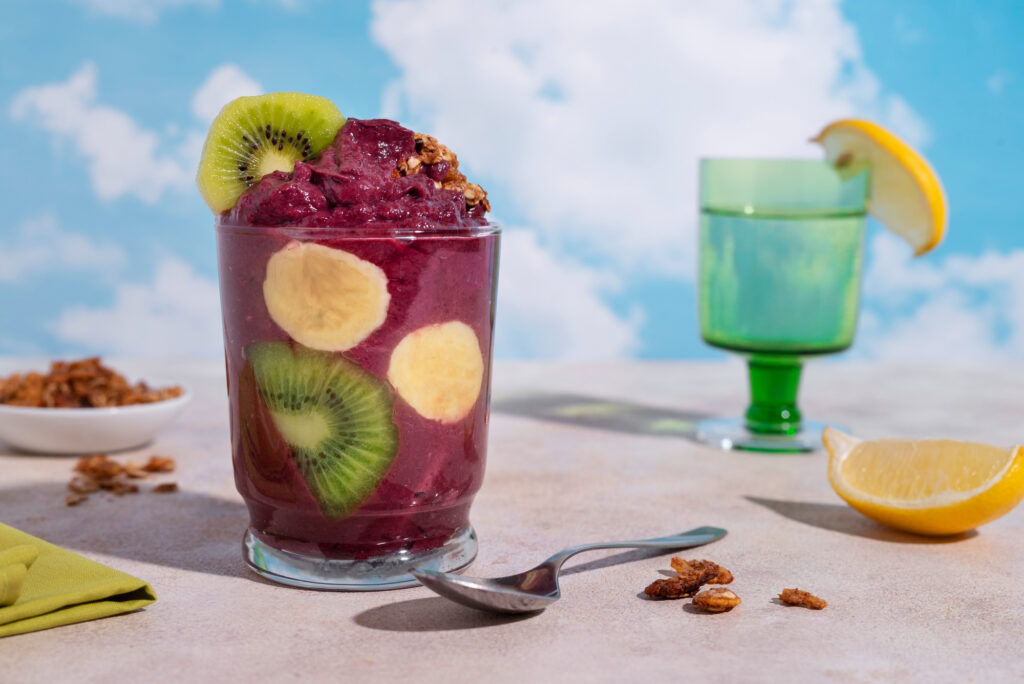
De voedingsindustrie is tegenwoordig goed voor 26% van de wereldwijde uitstoot van broeikasgassenvolgens de laatste gegevens van het IPCC. Deze realiteit verstoort onze consumptiegewoonten, vooral in de duurzame gezonde voedingssector die een exponentiële groei doormaakt.
De cijfers laten een klimaatnoodsituatie zien: elke Europeaan genereert gemiddeld 1,7 ton CO2 per jaar uitsluitend door zijn voeding. Deze ecologische voetafdruk van voedsel staat gelijk aan de uitstoot van een retourvlucht Parijs-New York. Geconfronteerd met deze bevindingen ontwikkelen consumenten van duurzame gezonde voeding een steeds scherper ecologisch bewustzijn. Lees in onze laatste post de plaats van açai in de gastronomie.
Superfoods, pijlers van duurzame gezonde voeding, vormen een complexe milieuparadox. Açaí, bijvoorbeeld, vereist een constante koudeketen vanuit het Amazonegebied, waardoor de koolstofvoetafdruk verviervoudigt in vergelijking met lokaal fruit.
Een recent onderzoek van de Wageningen Universiteit toont aan dat gojibessen geïmporteerd uit Azië 15 keer meer uitstoot veroorzaken dan Europese bosbessen, met een gelijkwaardige voedingswaarde. Deze gegevens transformeren onze benadering van duurzame gezonde voeding in de richting van het zoeken naar een balans tussen gezondheidsvoordelen en milieu-impact.
Consumententrends voor 2025 laten een diepgaande transformatie zien: 73% van de millennials is bereid om 15% meer te betalen voor gecertificeerde duurzame gezonde voeding. Deze evolutie creëert nieuwe standaarden in de voedingsindustrie en dwingt actoren om hun toeleveringsketens te heroverwegen.
In Brussel vertaalt deze trend zich in een verdrievoudiging van het aantal restaurants dat sinds 2022 "lokale & gezonde" menu's aanbiedt. Consumenten zijn actief op zoek naar traceerbaarheid en de milieu-impact van hun duurzame gezonde voedingskeuzes.
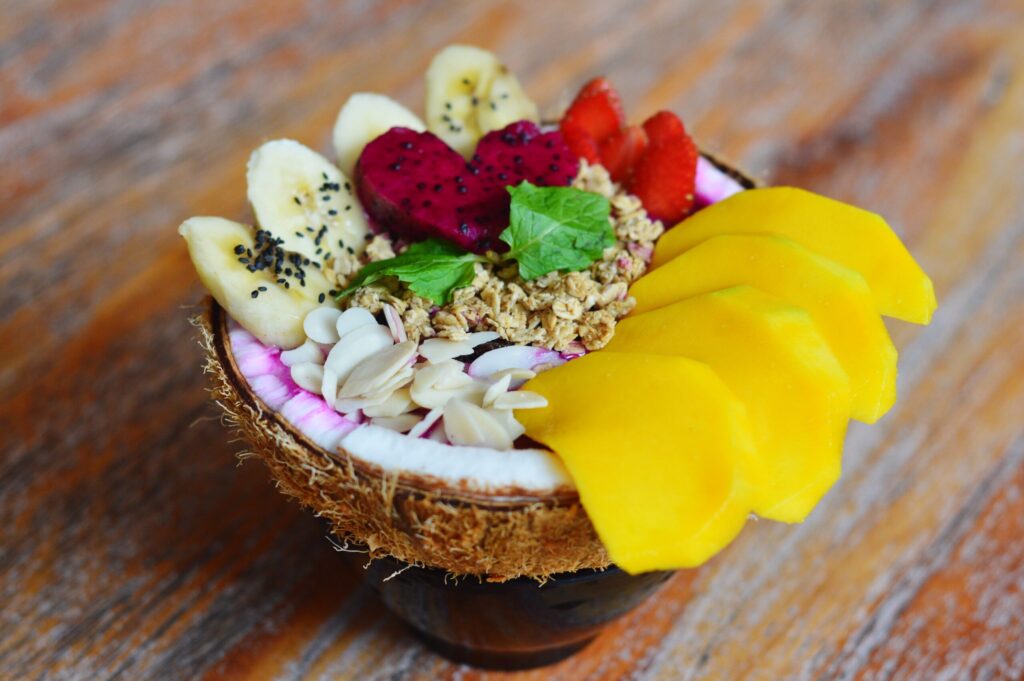
Om de milieu-impact van onze duurzame, gezonde voedselkeuzes te begrijpen, moet de hele levenscyclus van voedsel worden geanalyseerd. Van productie tot bord, elke fase beïnvloedt onze totale koolstofvoetafdruk.
Transport is goed voor 11% van de totale koolstofvoetafdruk van voedsel, maar kan oplopen tot 50% voor bepaalde duurzame superfoods met gezonde voeding. Een avocado uit Peru genereert 1,3 kg CO2 voor transport, wat gelijk staat aan 6 kilometer per auto.
Koude ketenlogistiek versterkt deze impact: het bewaren van açaí bij -18°C uit Brazilië vermenigvuldigt de uitstoot met 2,5 in vergelijking met vervoer in de open lucht. Deze gegevens laten het cruciale belang zien van lokale inkoop voor een duurzame gezonde voeding.
De watervoetafdruk van duurzaam gezond voedsel laat aanzienlijke verschillen zien. Het produceren van 1 kg amandelen 16.000 liter water nodig, vergeleken met 180 liter voor 1 kg tomaten. Dit verschil stelt onze dagelijkse gezonde snackkeuzes ter discussie.
Chiazaden, een toonaangevende trend in duurzame gezonde voeding, vereisen 2.500 liter water per kilogram en worden voornamelijk geteeld in regio's met watertekorten. Deze gegevens stimuleren de zoektocht naar lokale alternatieven met vergelijkbare voedingseigenschappen.
De duurzame gezonde voedingssector genereert paradoxaal genoeg meer afval dan traditionele voeding. Individuele porties, biologisch afbreekbare verpakkingen en specifieke conservering vermenigvuldigen het afval met 1,8 volgens ADEME.
Afhaalsmoothies en -bowls vertegenwoordigen gemiddeld 340g afval per portie, inclusief verpakkingen, bestek en beschermende verpakking. Deze realiteit drijft innovatie in de richting van revolutionaire verpakkingsoplossingen en herontworpen consumptiecircuits.

Om onze gewoonten te veranderen in duurzame gezonde voeding zijn concrete en meetbare acties nodig. Oplossingen bestaan en passen zich aan alle stedelijke levensstijlen aan.
Kortsluiting vermindert de koolstofvoetafdruk van duurzame gezonde voeding met gemiddeld 65%. In Brussel biedt bevoorrading binnen een straal van 250 kilometer toegang tot 80% van de voedingsstoffen die nodig zijn voor een evenwichtige voeding.
Lokale alternatieven voor exotische superfoods onthullen voedingsverrassingen voor duurzame gezonde voeding. Belgische zwarte bessen bevatten 4 keer meer vitamine C dan geïmporteerde gojibessen. Waalse noten bieden een superieur omega-3 profiel aan Californische amandelen, met een koolstofvoetafdruk gedeeld door 15.
De zero waste-benadering verandert de milieu-impact van duurzaam gezond voedsel radicaal. Het gebruik van herbruikbare verpakkingen vermindert de hoeveelheid afval met 89% en de koolstofvoetafdruk met 34%.
Initiatieven in het kader van de circulaire economie creëren nieuwe mogelijkheden: açaí-pulp wordt compost, notendoppen voeden biomassa-energie. Deze circulariteit genereert een impactvermindering van 45% over de hele voedselketen.
Innovaties in verpakkingen revolutioneren de impact op het milieu. Eetbare folie op basis van algen vervangt plastic met volledige afbraak in 30 dagen. Containers gemaakt van suikerrietbagasse bieden een koolstofneutraal alternatief voor traditionele verpakkingen.
De conserveringstechnologie onder gemodificeerde atmosfeer verlengt de houdbaarheid van verse producten met 200%, vermindert voedselverspilling en optimaliseert transportcycli. Deze innovaties maken het mogelijk om versheid, voeding en duurzaamheid met elkaar te verzoenen.
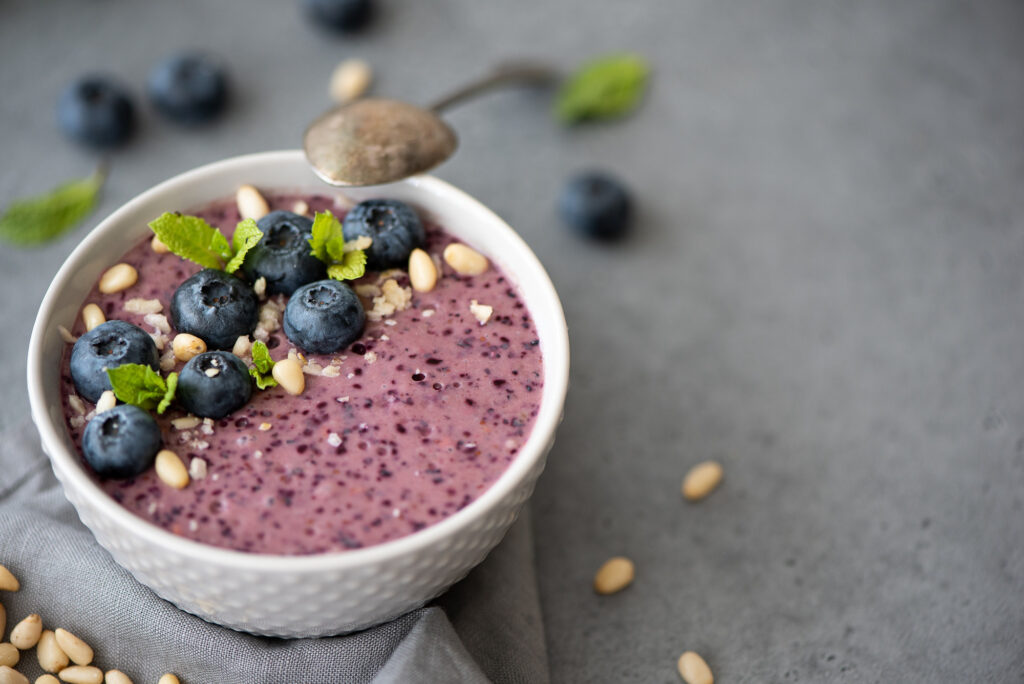
Voor duurzame gezonde voeding in het dagelijks leven zijn eenvoudige maar effectieve handelingen nodig. Deze praktische gids begeleidt je op weg naar geïnformeerde en meetbare keuzes.
Maaltijdplanning verlaagt de koolstofvoetafdruk van duurzame gezonde voeding met 23% door aankopen te optimaliseren en afval te minimaliseren. Door voorrang te geven aan seizoensproducten wordt de impact op het milieu met drie gedeeld in vergelijking met fruit en groenten die buiten het seizoen zijn.
Het aannemen van de "5 R"-regel verandert je gewoonten: Overbodige verpakkingen weigeren, porties verkleinen, verpakkingen hergebruiken, correct recyclen en organisch afval composteren. Deze methode vermindert de totale impact met 42%.
Het vervangen van exotische superfoods door hun lokale equivalenten levert voedings- en milieuvoordelen op voor duurzame gezonde voeding. De vergelijkende tabel onthult verrassende alternatieven:
Door porties aan te passen aan de werkelijke behoeften wordt voedselverspilling voorkomen, die verantwoordelijk is voor 8% van de wereldwijde uitstoot. Een geoptimaliseerde portie açaí bowl (150g in plaats van 250g) behoudt 95% aan voedingswaarde en vermindert de impact met 40%.
Conserveringstechnieken verlengen de houdbaarheid van verse producten: flash freezing, gecontroleerde dehydratie, natuurlijke fermentatie. Deze voorouderlijke methoden worden weer relevant in een moderne duurzame aanpak.
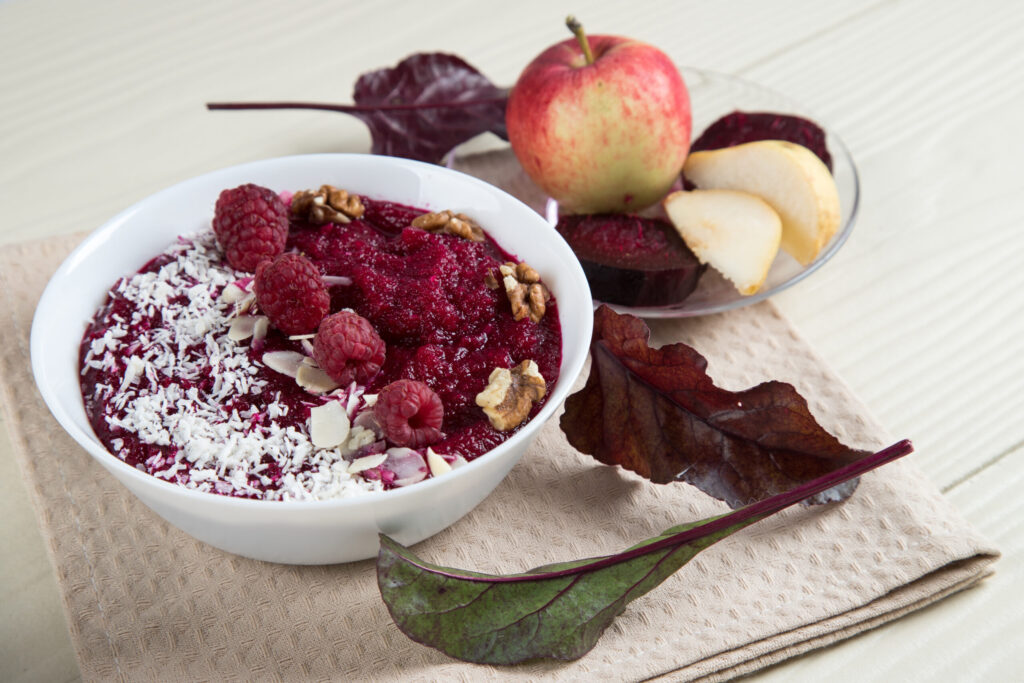
De toekomst van duurzame gezonde voeding krijgt vorm door revolutionaire innovaties en nieuwe economische modellen. Deze ontwikkelingen veranderen nu al onze benadering van gezond eten.
Urban vertical farming betekent een revolutie in de productie van supervoedsel voor duurzame gezonde voeding. Deze hightech boerderijen verbruiken 95% minder water en produceren 365 dagen per jaar, waardoor seizoens- en transportbeperkingen wegvallen.
In Brussel produceert de eerste verticale spirulina-kwekerij het voedingsequivalent van 50 traditionele hectaren op slechts 200m². Deze innovatie vermindert de koolstofvoetafdruk met 97% in vergelijking met het importeren van Aziatische spirulina.
AI optimaliseert duurzame toeleveringsketens van gezond voedsel door de vraag met een nauwkeurigheid van 94% te voorspellen, waardoor de verspilling met 67% afneemt. Algoritmes berekenen in real-time de minst vervuilende transportroutes en optimale oogsttijden.
Mobiele applicaties personaliseren de individuele impact van duurzame gezonde voeding en bieden ecologische alternatieven in realtime. Deze technologie democratiseert de toegang tot gezonde en duurzame voeding.
De functionele economie transformeert de consumptie: verhuur van herbruikbare verpakkingen, abonnementen op lokale seizoensproducten, bundeling van groepsaankopen. Deze modellen verminderen de impact op het milieu met 58% volgens de eerste feedback.
Groene cryptocurrencies belonen duurzame keuzes: elke lokale aankoop genereert tokens die kunnen worden ingewisseld voor kortingen. Deze gamificatie moedigt massale adoptie van verantwoorde praktijken aan.
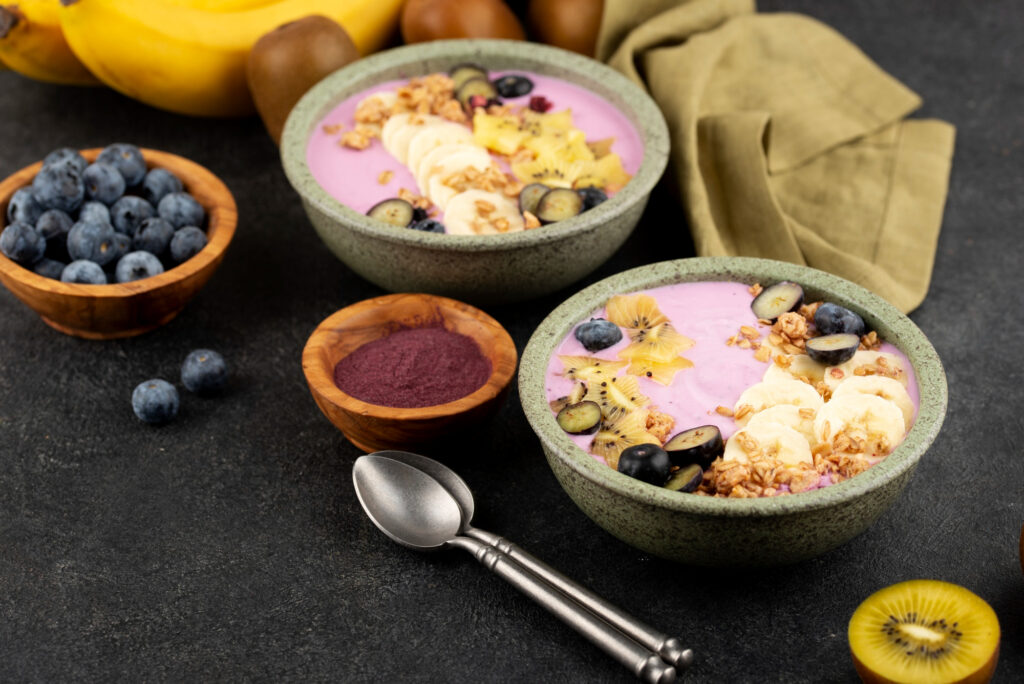
De transformatie naar duurzame gezonde voeding vereist de inzet van alle belanghebbenden. Bij LA ÇAÍ pionieren we met deze revolutie door middel van concrete en meetbare acties.
Onze duurzame inzet vertaalt zich in meetbare acties: 100% van onze verpakking is composteerbaar sinds 2024, onze leveranciers voldoen aan strenge milieuspecificaties en we compenseren 120% van onze CO2-voetafdruk van transport.
Voortdurende innovatie leidt onze keuzes: ontwikkeling van lokale alternatieven voor açaí, partnerschappen met Europese superfoodproducenten, actief onderzoek naar voedingsvervangers die binnen een straal van 500 kilometer worden verbouwd.
Elk bezoek aan LA ÇAÍ wordt een gelegenheid voor milieueducatie. Onze getrainde teams informeren over de CO2-impact van producten, stellen duurzame alternatieven voor en leggen onze verantwoorde inkoopkeuzes uit.
Met onze gepersonaliseerde CO2-impactcalculator kan elke klant de voetafdruk van zijn consumptie meten en duurzamere alternatieven ontdekken. Deze transparantie stimuleert geïnformeerde en verantwoorde keuzes.
De alliantie tussen duurzame gezonde voeding en ecologie is niet langer een compromis maar een noodzakelijke evolutie. De gepresenteerde gegevens tonen aan dat het gebruik van duurzame gezonde voeding onze koolstofvoetafdruk met 45% vermindert, terwijl we 95% aan voedingsvoordelen behouden.
Er bestaan oplossingen: kortsluiting, lokale alternatieven, verpakkingsinnovatie, groene technologieën. Elke keuze voor duurzame gezonde voeding wordt een stem voor de toekomst van onze planeet. Individuele en collectieve inzet zal onze relatie met voedsel duurzaam veranderen.
Doe mee met de duurzame revolutie! Ontdek ons LA ÇAÍ eco-verantwoordelijke programma en bereken de impact van je duurzame gezonde voedingskeuzes. Laten we samen van gezonde voeding een positieve kracht voor de planeet maken.
En jij? Welke duurzame acties heb jij al ondernomen in je duurzame gezonde voedingsroutine? Deel je ervaringen en inspireer onze eco-verantwoordelijke gemeenschap!